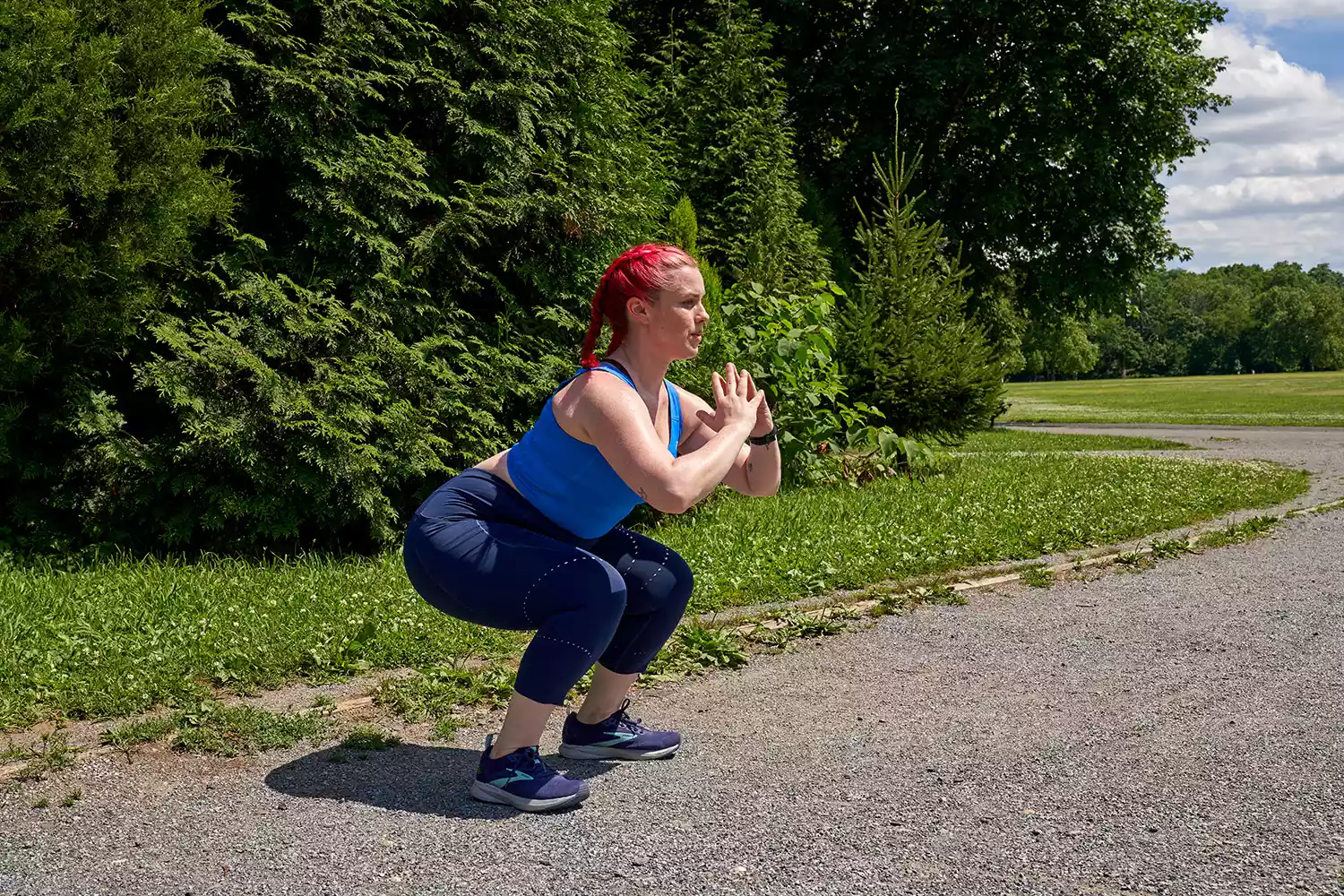You decided to get back into a fitness regimen by taking daily strolls in your area. It sounds like you have reached a weight loss plateau.
What is a Plateau?
A plateau is when your weight loss becomes stagnant. This is a plateau.1.
Weight loss plateaus will generally happen at some point while trying to lose weight.
Why Do Plateaus Happen?
One reason you might see a plateau is that the body adapts to the quantity of stress you are putting it under. Research studies show that when you increase your activity, your body will naturally use up more calories, which will result in weight loss.2 Once your body becomes accustomed to that amount of activity, your weight loss will begin to slow down.
Weight loss is achieved through a calorie deficit. Particularly when someone at first changes up their diet plan to more nourishing options, the lower calorie diet plan will produce a weight decline.3.
As soon as a healthier consuming pattern ends up being a way of life choice. The outcomes will begin to slow down.
How To Adjust Your Walking Plan To Overcome A Plateau.
Conquering a plateau is everything about effort and strength. You will require to put in a little bit more energy than you have been to assist you continue to reach your weight loss objectives. You can do that in a couple of ways. All of these adjustments can be measured using a fitness tracker, or using the Rating of Perceived Exertion (RPE).
RPE is a tool you can utilize to assess the intensity of your workouts, rating it on a scale of 6-20 or the Borg Scale, 6 being the most affordable.4.
Boost Your Speed.
As you end up being more familiar with your walking strategy, you can change up the speed to add more of a difficulty. An increased rate will lead to a greater heart rate action. A greater heart rate will result in a higher calorie burn.
According to the Centers for Disease Control and Prevention (CDC), the variety for moderate-intensity activity while strolling is 2.5 to 4 miles per hour. A moderate speed is 2.5 to 3.5 miles per hour, while a vigorous speed is 3.5 to 4 miles per hour.5.
Boost Your Incline or Change Terrain.
Whether you’re walking on a treadmill or taking it to the streets, hills will up the difficulty of your walks, and you will reap the benefits. Research study shows that inclines elicit more muscle activation, and increase the amount of energy you are using up compared to strolling on flat terrain.6.
An extra benefit to strolling on a slope is that it enhances lower body strength, as it requires more activity in your muscles to perform.7.
Increase Your Time or Distance.
When you begin a strolling plan, you may begin with a lower time or range objective, but as your body gets stronger, you will need to add to those goals to see results.
You can include either time or range for an additional challenge, research studies have actually shown that adding distance to your walks may be more useful to weight control than the duration of the walk.8 Setting a distance goal assurances that you’ll get that quantity of strolling every day. Nevertheless, with a time objective, the quantity of strolling you get can differ. For instance, if your time objective is 30 minutes, one day you may get 2 miles, however another day it may be 1.75 or 1.5 miles, if you stroll slower.
There are lots of ways to track time and distance, such as using a physical fitness tracker or determining steps.

Differ Your Walking Workout.
Periods are a fantastic addition to a strolling routine, and allow you to operate in quick, more extreme bursts. Studies reveal that period training will provide a higher calorie burn than steady state training, in the exact same quantity of time.9.
The advantage of interval training is that you can trigger Excess Post-Exercise Oxygen Consumption (EPOC) due to your higher strength efforts. EPOC happens after workout when your body takes in more oxygen and experiences a boost in metabolic process while recovering and bringing itself back to homeostasis. Greater strength typically leads to higher EPOC reactions.10.
Try a strolling plan that moves through various speeds.: start with a low-intensity walk for one minute. Repeat this five times.
Other Adjustments To Make.
Coming out of a plateau is not practically what you do during your walks, however it’s likewise about what you do throughout your day, what you consume, and any additional exercises you may do.
Move More During The Day.
There are many basic ways we can get more motion throughout our days. Take the stairs instead of the elevator, park at the end of the parking area when running errands, set a timer to get up every hour, or walk over to talk with a colleague at their desk instead of sending an e-mail. Those are just some ideas to get you up and moving through the day.
Assess Your Nutrition.
Nutrition is always important, especially when you’re aiming to drop weight. While factors for weight reduction differ from individual to individual, a calorie deficit normally produces weight loss.
This indicates you require to be conscious when it concerns your nutrition. While counting calories is an option, scientists have discovered that “a higher quality diet, with more vegetables and other whole foods, might assist people minimize calorie consumption without feeling starving, and might be a more successful long-lasting weight control method than counting calories.” 11.
Include Resistance Training.
To press through a plateau, you can likewise include a day or more of resistance training to your strolling program. Research discovers that calorie restriction can cause the reduction of lean muscle mass. Resistance training will assist you preserve the muscle you gain from your strolls.12.
The more muscle you have, the greater your resting metabolic rate is, so keeping your muscle mass while attempting to lose weight is important.
Combining resistance training with walking has been shown to lower heart disease threat factors.



